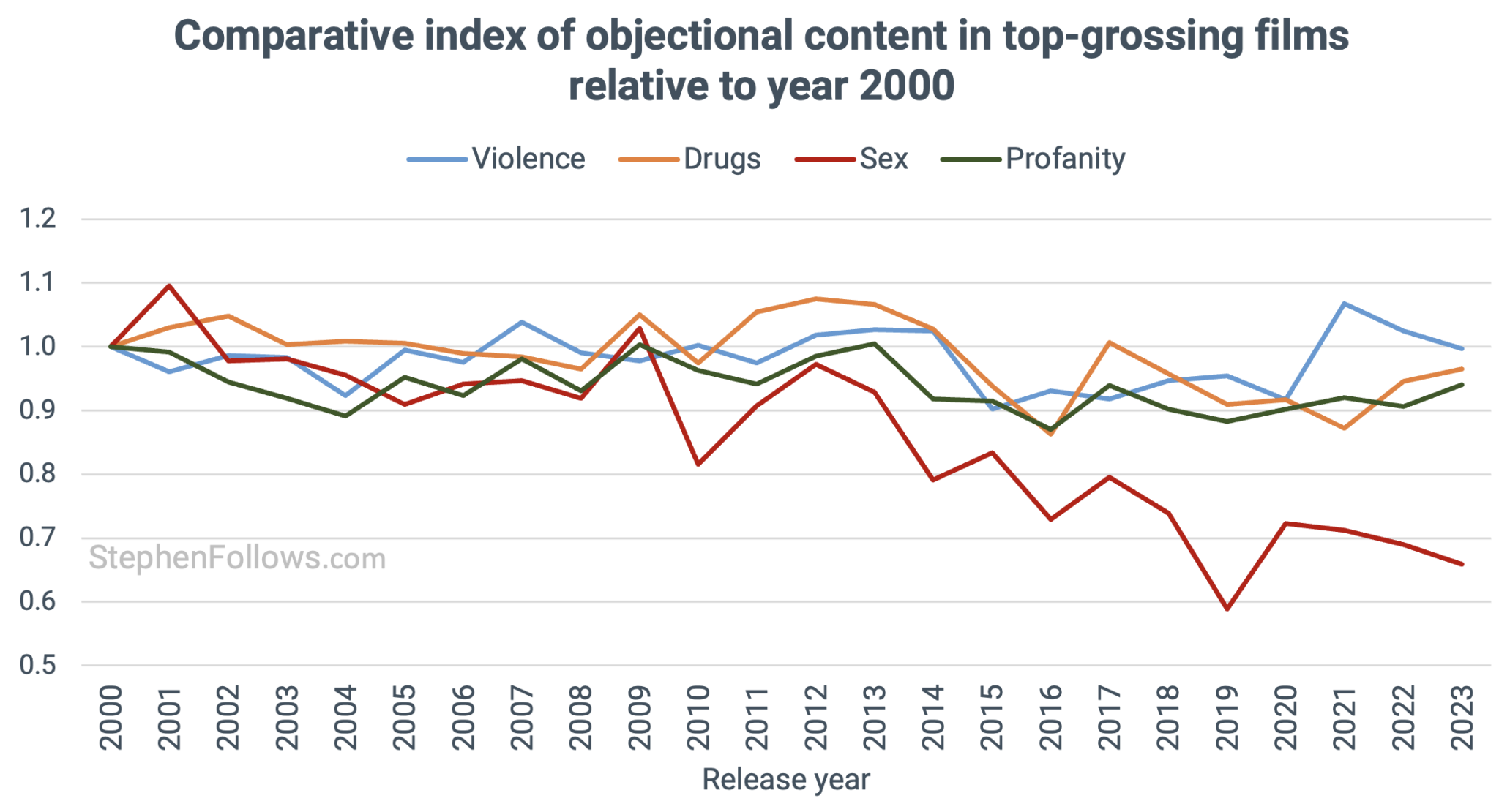The Spring 2024 edition of the Canada Media Fund’s Perspectives is titled, “Embracing Change.”

Nicole Matiation of Nordicity posits:
“Content is still king, but market imperatives and evolving technology are reshaping business models. It is indeed back to the future as streamers and tech giants incorporate both advertising and subscription revenue streams into their direct-to-consumer business model…. The digital platform ecosystem is starting to look a lot like conventional television.“
Section 1 examines the shift towards a profitability model in the streaming industry. Major streaming platforms like Netflix, Disney+, and Prime Video are moving away from a subscriber growth-at-all-costs approach to focus on profitability. This includes introducing ad-supported tiers, bundling strategies, and emphasizing tentpole content releases to retain subscribers and boost revenue.
Section 2 analyzes audience behaviour, highlighting that while streaming is popular, linear TV remains relevant across age groups. Audiences still spend significant time watching traditional TV, prompting broadcasters and streaming giants to invest in live events, sports rights, and appointment viewing content to “win the living room.” It also explores the importance of second-screen engagement for content promotion.
Section 3 focuses on the video game industry. Seeing gaming as a new frontier for growth, major streamers like Netflix, Disney+, and YouTube are venturing into cloud gaming services and integrating video game content onto their platforms. While virtual reality (VR) and the metaverse faced setbacks in adoption, immersive experiences in gaming, extended reality (XR), and exhibitions are gaining traction, particularly among younger audiences. The industry is exploring ways to leverage this emerging space for storytelling and engagement.
Section 4 covers key factors shaping the industry’s future, including the impact of artificial intelligence (AI,) initiatives to reduce carbon footprints and the importance of demographic reporting and data collection efforts to promote equity, diversity, inclusion, and accessibility (EDIA) in the media landscape.
You can read the full PDF.
My take: I think this report is overly optimistic and contrasts with global media trends. In the UK, Nic Newman on Reuters Institute says advertising revenues remain unstable, social media referral traffic is declining, and there is a significant shift towards paid subscription models, all while AI integration and ethical concerns around it are becoming critical issues facing media outlets. In the U.S., media companies are grappling with similar challenges: “Consumers are questioning the value of streaming media while also declaring their unwillingness to ever pay for social media. Just as streaming video providers are rebuilding the ad models that buoyed pay TV, fewer people surveyed are moved by commercial advertising and, instead, seek recommendations from trusted creators and influencers to help them navigate and find value. More are turning to online multiplayer video games for virtual friendship, content discovery, and brand and franchise interactions.” Globally, according to Deloitte, “Convergence has really defined the industry in recent years, as the lines between gaming, TV, and film become even more blurred. User-generated video is competing for audience attention — and advertising dollars. Underpinning all these trends is the influence of diverse and tech-savvy younger generations, who are redefining media and entertainment as they move freely across TV, film, gaming, and social media.” I feel that overall, while there are pockets of growth and innovation, the global media landscape is marked by significant economic, technological, and trust-related challenges that contrast with the hopefulness presented in “Embracing Change.”


